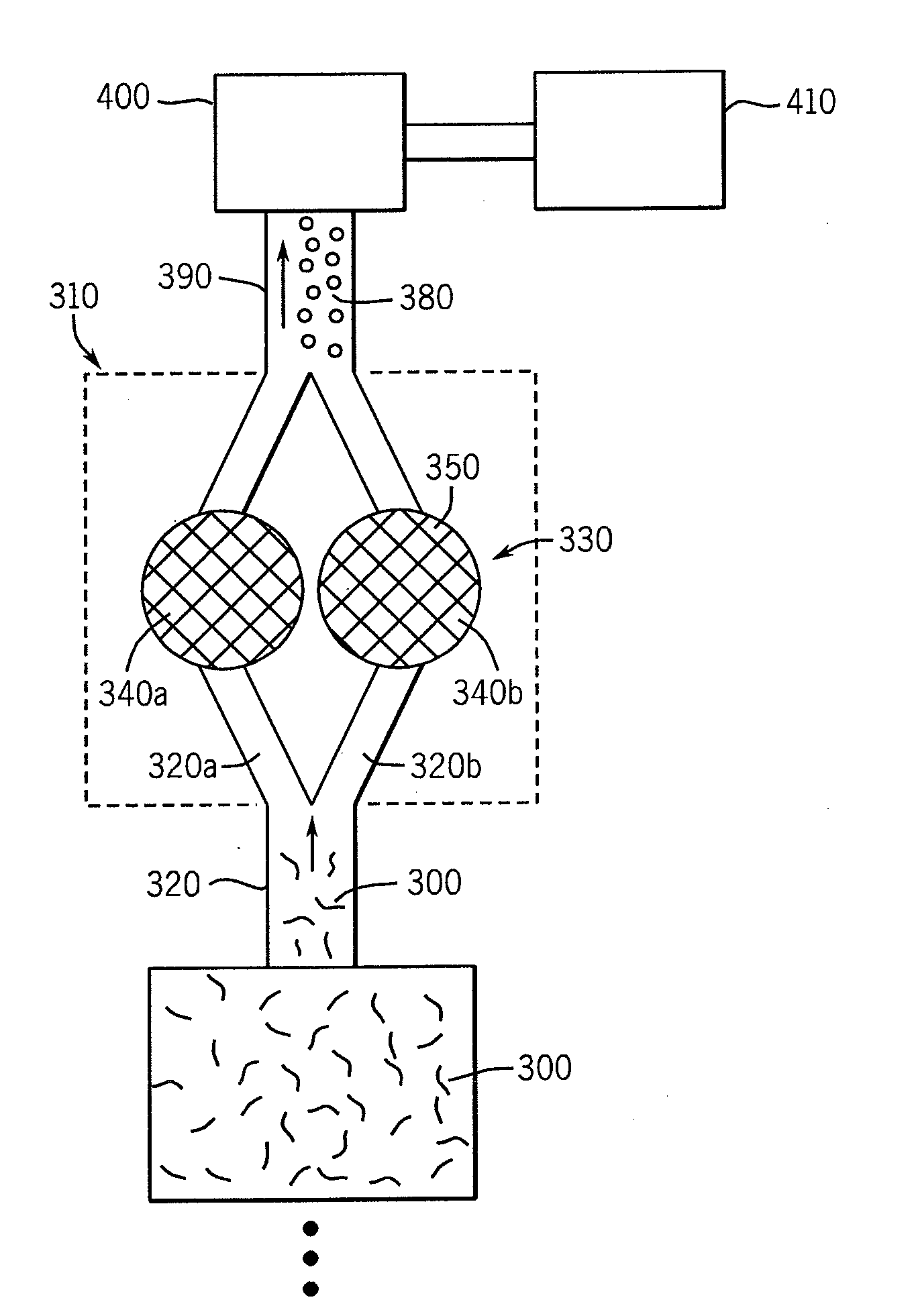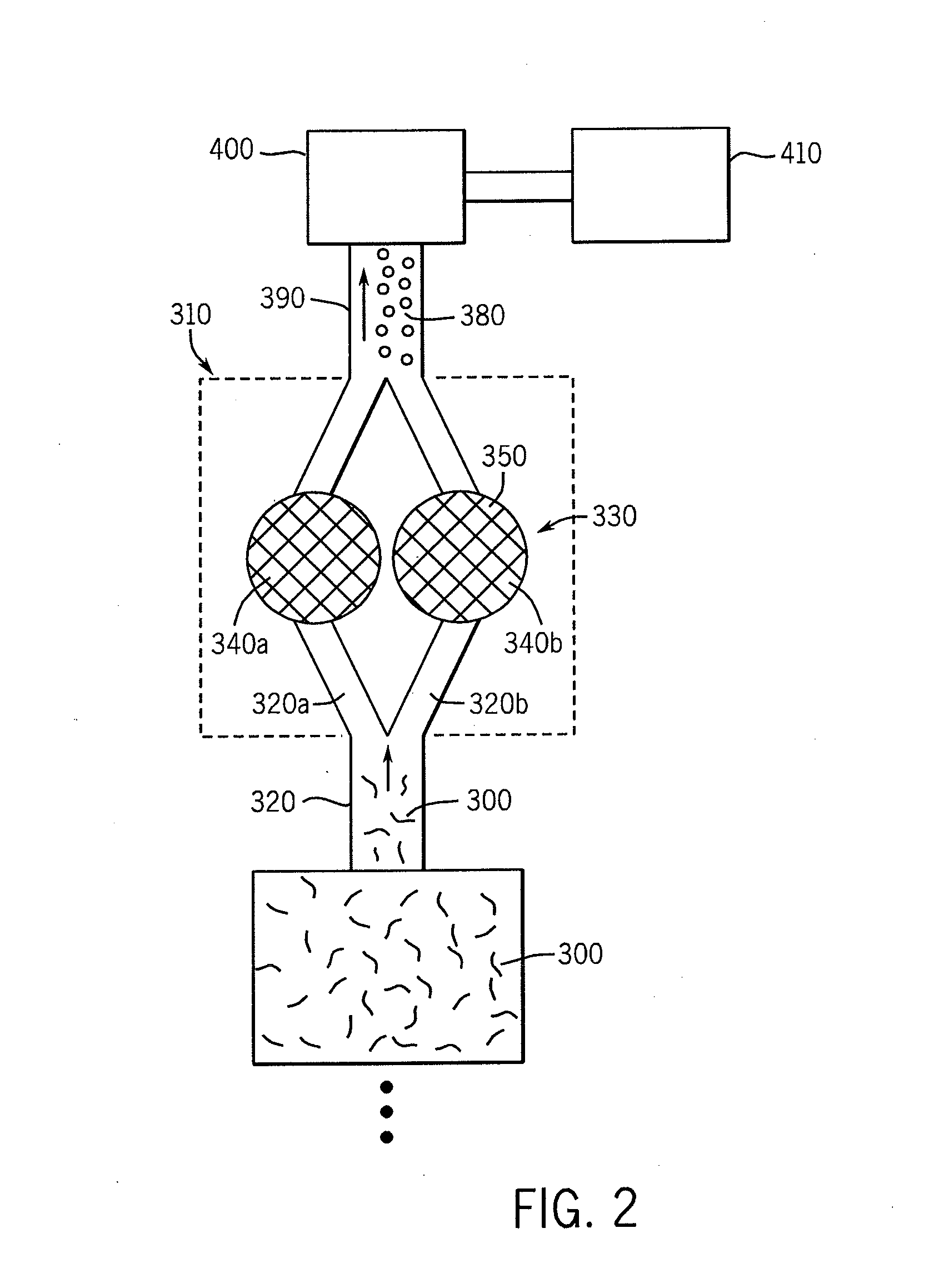Dedusted Fire-Retardant Cellulose Material
- Summary
- Abstract
- Description
- Claims
- Application Information
AI Technical Summary
Benefits of technology
Problems solved by technology
Method used
Image
Examples
Embodiment Construction
[0014]The following description with reference to the drawings provides illustrative examples of de-dusted fire-resistant cellulose insulation material and methods according to embodiments of the invention. Such description is for illustrative purposes only and not for purposes of limiting the same.
[0015]The present invention provides a unique and highly efficient method for producing a de-dusted, fire-resistant cellulose (e.g., paper-based) insulation product. The present methods achieve the above-described benefits, at least in part, through the use of fire retardant compositions that are exclusively liquid with a total absence of a powder-type fire retardant, for example, conventional powder-type fire retardants such as those described in U.S. Pat. No. 4,168,175 and U.S. Pat. No. 4,595,414 (Shutt). As such, the present methods avoid the use of powdered (dry) fire retardant compositions.
[0016]To manufacture a fire-resistant cellulose insulation product utilizing an all-liquid syst...
PUM
| Property | Measurement | Unit |
|---|---|---|
| Fraction | aaaaa | aaaaa |
| Fraction | aaaaa | aaaaa |
| Fraction | aaaaa | aaaaa |
Abstract
Description
Claims
Application Information
 Login to View More
Login to View More - R&D Engineer
- R&D Manager
- IP Professional
- Industry Leading Data Capabilities
- Powerful AI technology
- Patent DNA Extraction
Browse by: Latest US Patents, China's latest patents, Technical Efficacy Thesaurus, Application Domain, Technology Topic, Popular Technical Reports.
© 2024 PatSnap. All rights reserved.Legal|Privacy policy|Modern Slavery Act Transparency Statement|Sitemap|About US| Contact US: help@patsnap.com










